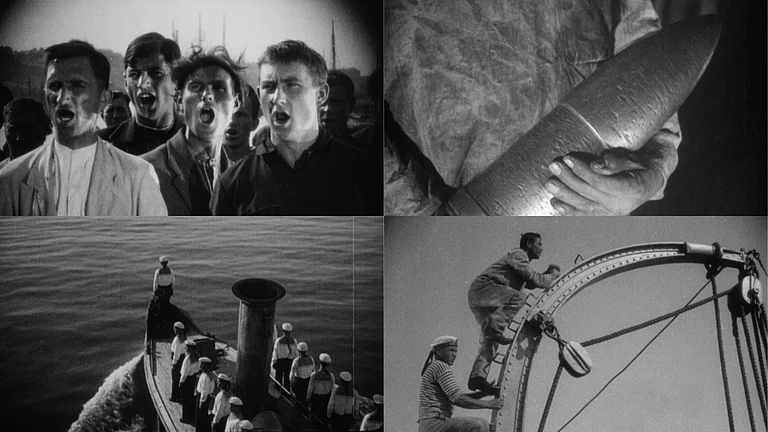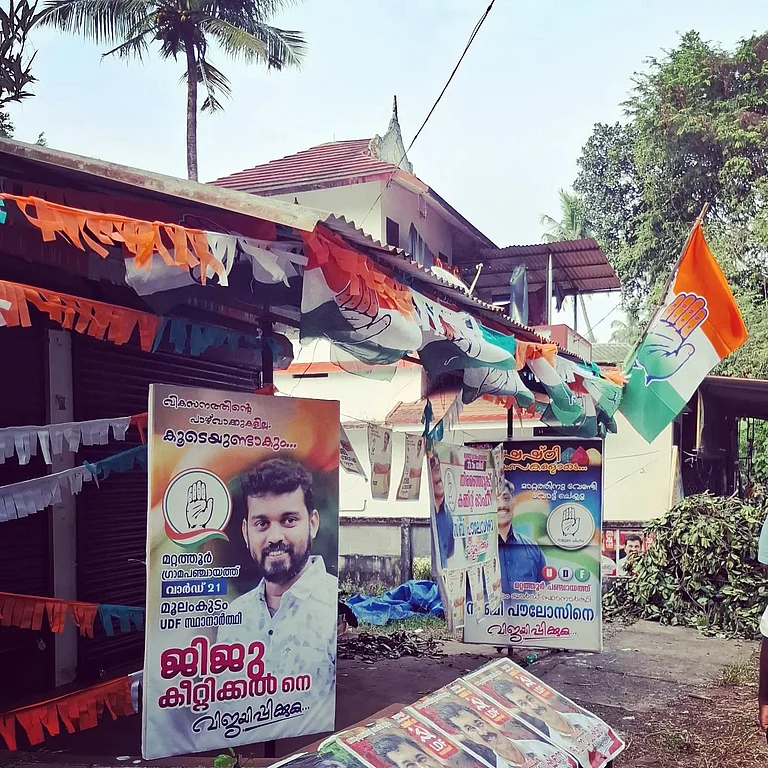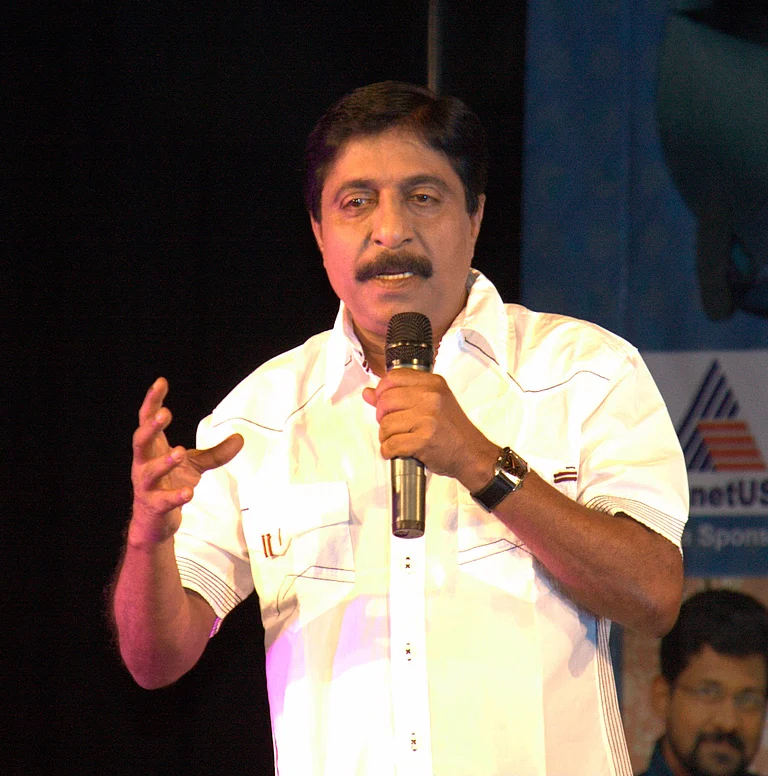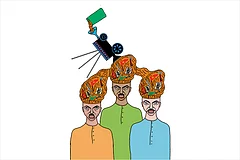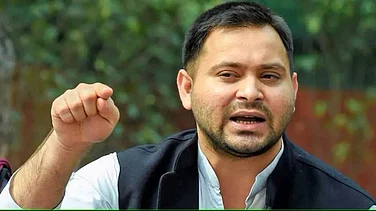“But if we define the Megaphone as the composite of the hundreds of voices we hear each day that come to us from people we don’t know, via high-tech sources, it’s clear that a significant and ascendant component of that voice has become bottom-dwelling, shrill, incurious, ranting, and agenda-driven. It strives to antagonize us, make us feel anxious, ineffective, and alone; convince us that the world is full of enemies and of people stupider and less agreeable than ourselves; is dedicated to the idea that, outside the sphere of our immediate experience, the world works in a different, more hostile, less knowable manner. This braindead tendency is viral and manifests intermittently; while it is the blood in the veins of some of our media figures, it flickers on and off in others.”
—George Saunders, The Braindead Megaphone
For a long time now, we have been submerged in nationalistic jingoism and propaganda of the kind that is ambitious enough to attempt a disintegration of history itself. The megaphone cinema, as I call it, is part of the machinery that feeds itself with a version of history that can be fictionalised and edited to suit a particular mood and serve a particular time or promote a set of narratives that include Hindu nationalism. The amplification is too much. The new propagandists imagine themselves as influencers, as those who rectify and serve the new emergent supernation that is trying to assert its glorious past rooted in the Ram Rajya and then, in the Independence movement, and now, in the showcasing of Hindu nationalism that is benevolent, and yet, has been denied its rightful place.
In these films, this Hindu nationalist state is the hero, the rest are all in supporting roles. The enemy is always the “rogue” nation that threatens the unity and the integrity of the State or the dissenting individuals within, who don’t agree with the majoritarian politics or see the dangers of the alienation of others. In any case, manipulation via cinema is not a new phenomenon in terms of promoting certain ideologies, depending on who is in power. It all started in the early 20th century. Propaganda is never accidental. But back then, it still exercised some caution. Now, there isn’t much room for anything except blatant propaganda.
Many of these films have not done well commercially. Only a few have. But that hasn’t deterred filmmakers from marking themselves as those who want to be “correcting” perceptions, and even history by taking all kinds of liberties and even imagining themselves as doing an act of service by making derogatory films about the minorities and being preposterous about branding them as factual. In recent times, the genre has been used to promote a framework for a new kind of patriotism riding the wave of anti-colonialism at first, and continuing to do so while also marking any others, particularly minorities, as enemies of the nation that will stress on the public to forgo neutrality when viewing history from a different perspective.
Propaganda films are a whole genre and in India, the growing trend of making biopics of slain Hindu heroes or telling one-sided stories that influence the perception of the Hindutva ideology are, in fact, simplistic and reductive in their messaging—and history is always complex. This is the retelling of history from the Hindu nationalist viewpoint, and the lead-up to the general elections that begin this month includes a bunch of films over the years ranging from epic war films and historical films that glorify and romanticise the Hindu pride to the ones that are rooted in recent history or controversies like The Kashmir Files or The Kerala Story or Jahangir National University. They are embedded with the system and immersed and soaked in Hindu nationalism.
MORE FROM THIS ISSUE
They polarise. They divide. They make us indulge in othering. This issue of Outlook looks at the genre of nationalist and propaganda cinema in the Indian context, and also continues with the exploration of the ideology question when it comes to national parties like the Congress and the BJP in the context of the upcoming general elections. Both the themes are contextual and linked in many ways. Both are about propaganda and ideologies. Both are about braindead megaphones. Too much noise. Too much amplification. Too many dangers.
(This appeared in the print as 'Amplified Nationalism')








